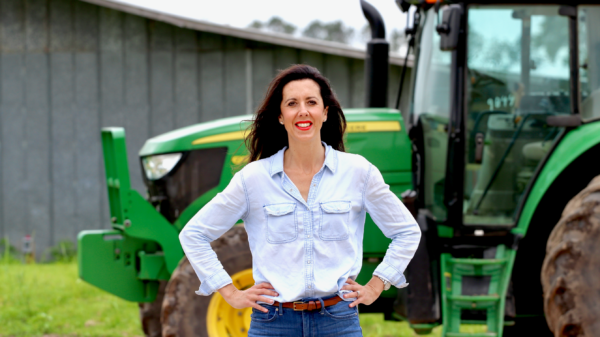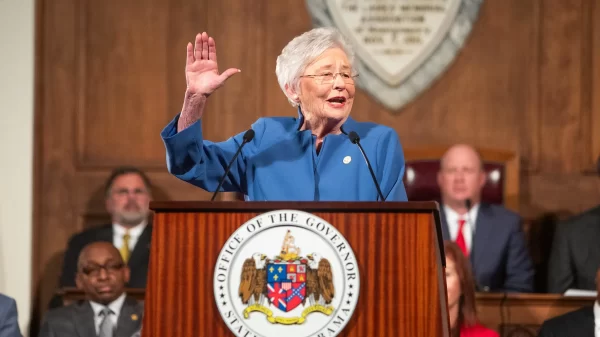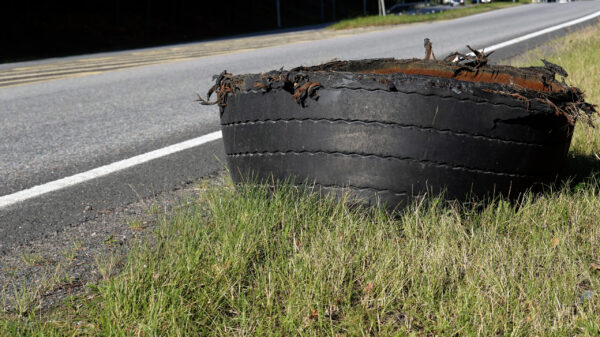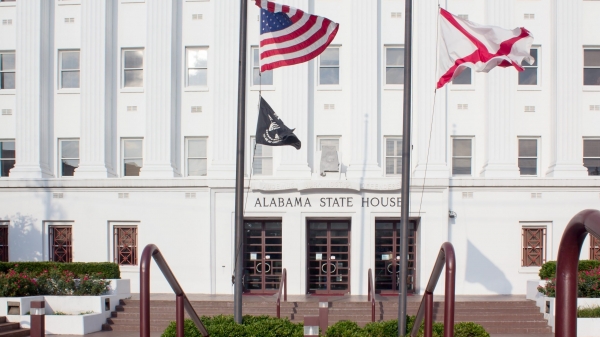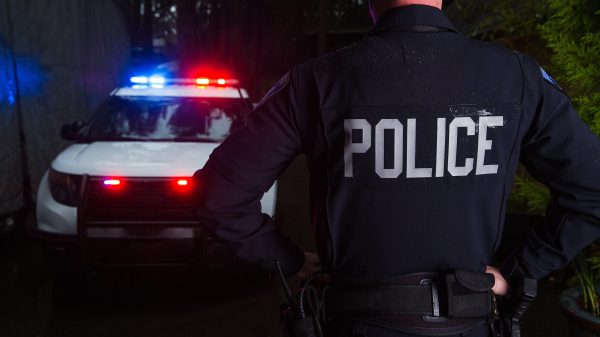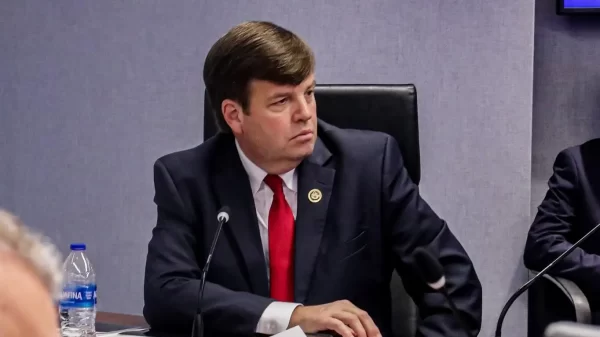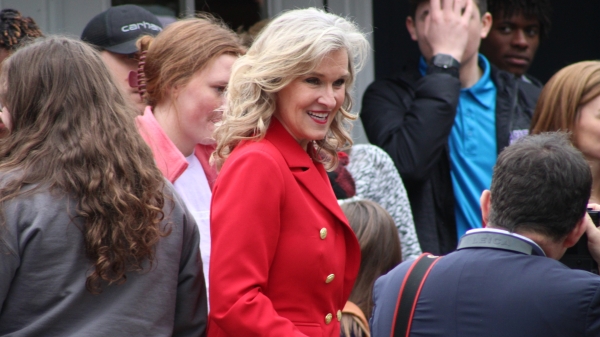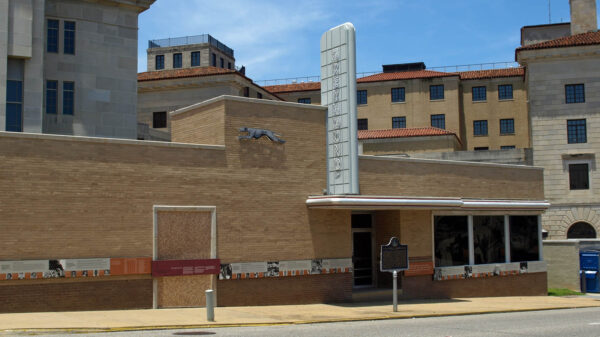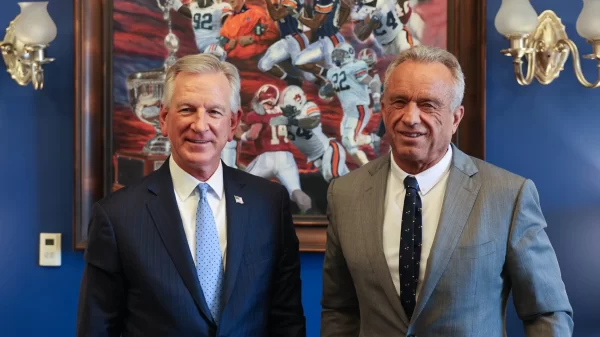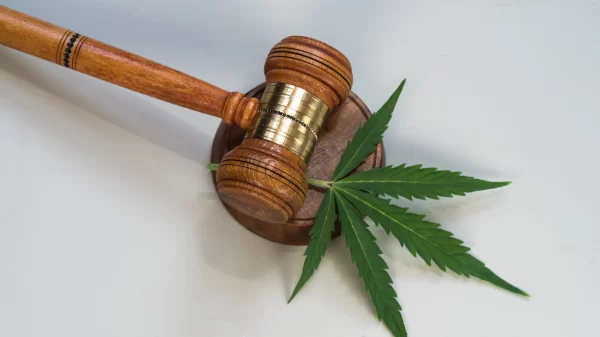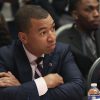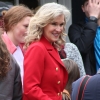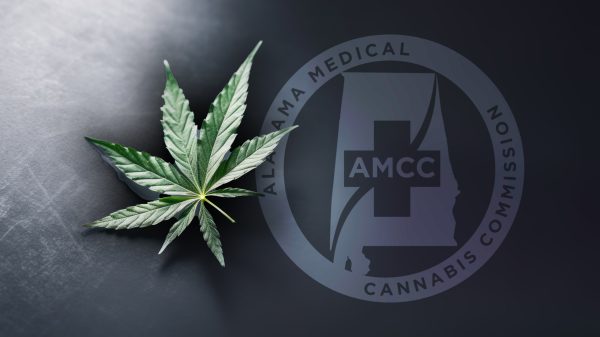Staff Report
From the Office of Commissioner John McMillan of the Alabama Department of Agriculture & Industries
Leaders representing Alabama agriculture, conservation, forestry and agriculture research met today to discuss how to move forward with a comprehensive plan to address the rapid growth of feral hogs and their destruction to Alabama agriculture and wildlife habitat.
“What we have now is all parties working together on a comprehensive plan that will effectively control what has become the No. 1 enemy of Alabama farmers and landowners. We have the leadership that gives us that start needed to move forward,” said Commissioner John McMillan of the Alabama Department of Agriculture & Industries.
“There are many issues surrounding the problem of feral hogs and their destruction to farmland and wildlife habitat in nearly every county in Alabama,” said Commissioner Gunter Guy of the Alabama Department of Conservation and Natural Resources. “Everyone who came to our meeting today brings a valued perspective that will help us begin to solve this problem.”
Commissioners McMillan and Guy are co-chairmen of the Alabama Feral Hog Control Council that had its first meeting today to discuss current efforts underway in Alabama to deal with the wild hog population that has grown rapidly in the past 20 years.
Hosting the meeting was Tim Gothard, executive director of the Alabama Wildlife Federation, at Historic Lanark in Millbrook.
“Our purpose is to provide an organized, long-term forum for maximizing expertise and impact on feral hog control in Alabama,” said Gothard.
Two researchers from the Auburn University School of Veterinary Medicine, Dr. Nancy Cox and Dr. Tatiana Somoylova, discussed their groundbreaking project that, if successful, would reduce feral hog populations through contraception.
Other hog control programs, including education videos and hog traps, were also discussed.
“We need to document the economic impact of feral hog destruction and how to communicate the immediacy of this problem,” said Commissioner McMillan. One estimate claims that feral hogs destroy $44 million each year in Alabama farm production.
“There are more feral hog control efforts in Alabama than we first thought,” said Commissioner Guy. “Our objective is to share this information with state leaders as well as land owners and farmers to ensure that everyone is working together toward a long-term solution.”
The council will meet twice a year while additional meeting may be called to hear reports from any of the committees formed to pursue the work of the council.
The following groups were represented at today’s meeting:
State Agency Representatives
Alabama Department of Agriculture & Industries
Alabama Department of Conservation & Natural Resources
Auburn University, School of Forestry & Wildlife Sciences
Auburn University, College of Veterinary Medicine
Auburn University, College of Agriculture
Alabama Cooperative Extension System
Alabama Forestry Commission
Alabama Soil & Water Conservation Committee
Federal Agency Representatives
USDA Natural Resources Conservation Service
USDA Wildlife Services
USDA Forest Service
USDA Fish & Wildlife Service
Non-Government Representatives
Alabama Wildlife Federation
Alabama Farmers Federation
Alabama Forestry Association
Alabama Cattlemen’s Association
Alabama Association of Soil & Water Conservation Districts
The Wildlife Society, Alabama Chapter
National Wild Turkey Federation, Alabama Chapter
Alabama Turfgrass Association




